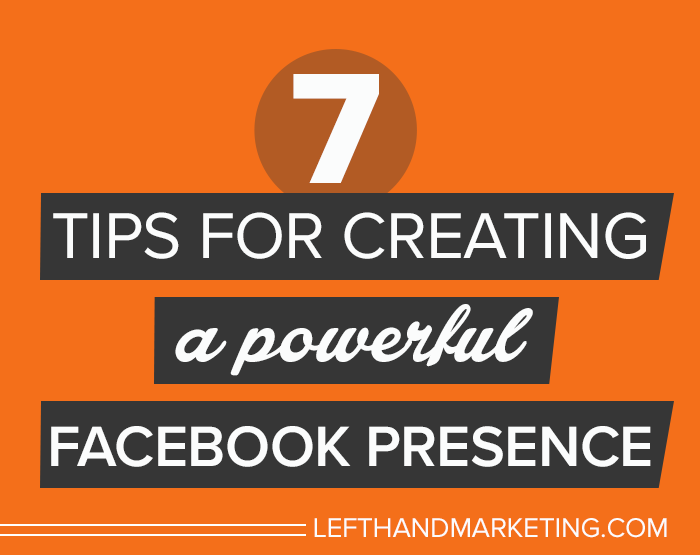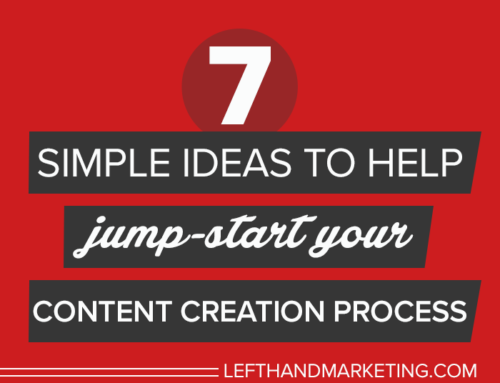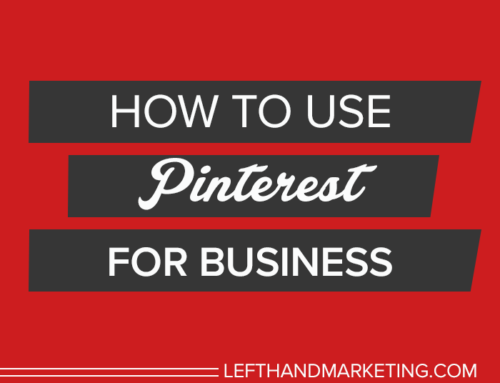Cover Photo
No Facebook page is complete without an interesting cover photo. This photo is the first thing that people will see when they come to your site, so it should represent your company well. Not having a cover photo will make your page look dull and incomplete. The image that you select for this space should emphasize the strengths of your company and give your page visitors a good idea of what you’re all about. Keep in mind that Facebook really wants this to be a visual representation of your brand. It’s a good strategy to change your cover photo every 3-4 months. Doing this will give you an opportunity to highlight your different product or service offerings and keep your page looking fresh.
Profile Picture
The profile picture that you choose will appear each time you post or comment. This image, while smaller, is still crucial to the page because users will see it each time they read a post or view a photo of yours in the News Feed. This image should be simple, yet remind users of your company. Placing your logo as your profile picture is a great strategy, especially if it’s a well-known logo that will serve as a constant reminder of your company. However, you may have a smaller company that doesn’t have a logo or the luxury of a well-known brand. If this is the case, showcase something important or unique about your company through the image while still keeping it simple. For example, it might be a good idea to choose a photo of your storefront (if you have one), so customers will know what your business physically looks like.
Setting a Custom Username
Setting a username is something often overlooked by many companies on Facebook, yet it’s so simple and effective. Not only will it help you get found easier in the search engines, having a vanity URL makes your account much easier to access by getting rid of all of the random letters and numbers in the URL that normally appear. Choosing a username that is memorable is vital. People should be able to easily recall your username so they can quickly type it in and access your page. Once created, the URL will read as www.facebook.com/yourcompanyname. You can then include it in your email signature and marketing materials to help promote your page.
About Section
The visible section of the About page on your timeline is prime real estate for sharing some specifics about your company. In this section, you should include your website URL, location, hours and other information that customers would need to know. A mission statement would also be great to include in this section. While the visible section of the About page only allows up to 155 characters, you can, and should, go into further detail in the rest of the section. This section is something that many companies neglect, yet it’s possibly one of the most important sections. This section is the only one that’s indexed by Google. Therefore, going into detail, explaining more about your company, and focusing on specific keywords associated with your business will allow people to find your page while performing a Google search.
Don’t Overly Self Promote
Just like the people who shove their business cards during networking events aren’t very popular, neither will your page with too much self-promotion. Your posts should vary in order to keep people interested and engaged.
Think about your ideal customers when planning out your strategy and share content that will educate, resonate with or entertain them while still supporting the essence of your brand. Of course, you should mix in your own promotions, special offers, and information about your own company into your posts, just make sure you are viewed as a value resource to your target market. To keep it simple, strive to offer value at least 80 percent of the time and promote your business the other 20 percent to maintain a healthy balance.
Use Apps
Facebook apps can be a great way to transition visitors on your page into fans and customers. Apps are the thumbnail images located just below your cover photo and the options for what you can do with them are many. For example, clicking on an app thumbnail can take visitors right to your email list signup form, YouTube account, promotional coupons, contests and much more without ever having to leave Facebook. Additionally, you can create a Facebook ad campaign that directs targeted people straight to your app for better conversions. Keep in mind that a majority of users are accessing Facebook from their mobile phones so your apps will need to be mobile compatible.
Be Engaging
Once you have your page created and optimized, it’s time to start posting. Just because people are fans of your page doesn’t mean that they’ll always see your posts. Because of EdgeRank (Facebook’s secret little algorithm for getting the right people to see your posts), only a portion of your fans will see your posts unless you pay to promote them. The fans that do see your posts will generally be the ones that regularly engage with them by clicking like, sharing them, commenting, clicking links, etc. Therefore, you want to make sure your posts are engaging! Starting conversations by asking questions or running a contest is a great way to get user interaction. Also, incorporating images with your posts is more interesting and usually leads to more engagement. Eye-catching images grab peoples’ attention as they scroll through their News Feed, whereas a text only post might easily get passed up. Stick to what your ideal customer would find interesting, humorous, informative and entertaining and your engagement rates will be high.
So now that you have some optimization tips and strategies for your Facebook page, it’s time to take some action! Set aside a few hours and really put in the time to make a powerful Facebook presence and show your ideal customers that you’re ready to be a valuable resource for them. It all starts with optimizing and then executing a game plan that will ultimately drive new leads and sales for your business. If done properly, there is no question that Facebook can be an extremely powerful marketing tool.



